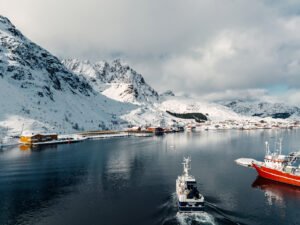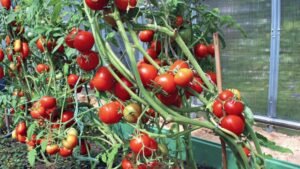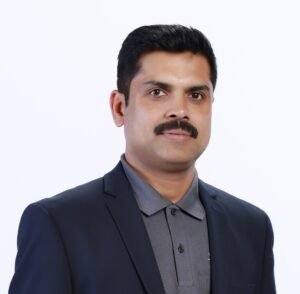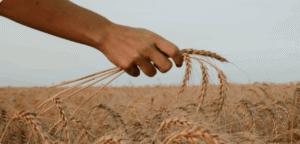Tuesday, 14 October 2025
Norwegian model leads way in sustainable seafood and zero-waste innovation
A growing body of research underscores the global shift toward responsible consumption The Norwegian Seafood Management Model has been the backbone of both the country’s fisheries and aquaculture sectors for…
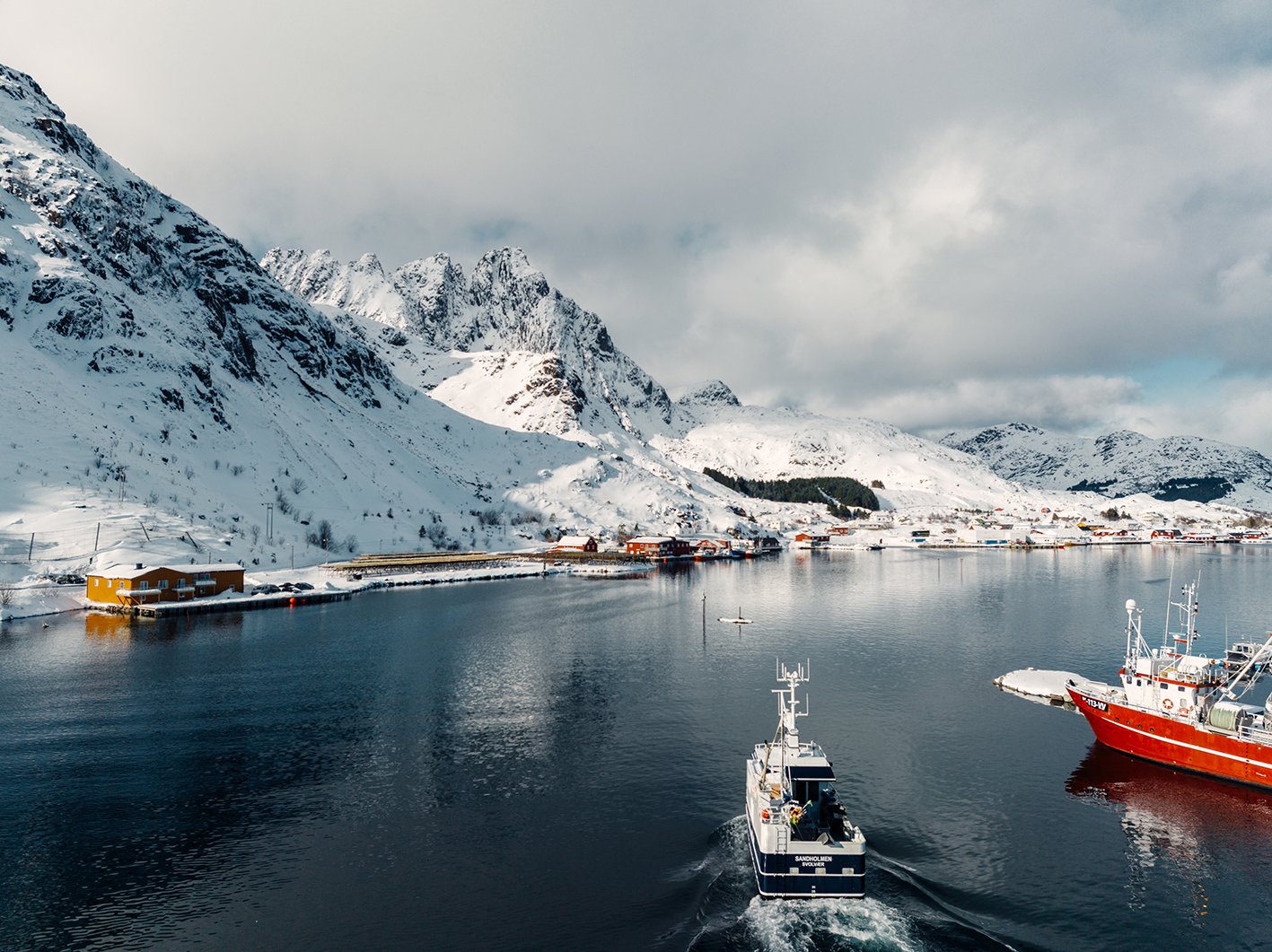
A growing body of research underscores the global shift toward responsible consumption
The Norwegian Seafood Management Model has been the backbone of both the country’s fisheries and aquaculture sectors for nearly five decades, ensuring that ocean resources are responsibly managed while supporting coastal communities. Norway was among the first nations to embed sustainability into fisheries management, introducing a long-term plan in 1977 that placed ecological balance, economic stability, and social welfare at the heart of national policy.
Today, those principles remain central as Norway pursues zero-waste ambitions and responsible harvesting practices that could help secure nutritious, climate-friendly food for generations to come.
A growing body of research underscores the global shift toward responsible consumption. A recent study by the Norwegian Seafood Council (NSC) found that nearly half of global consumers are willing to pay more for sustainably sourced fish, signalling a strong preference for traceable, responsibly produced seafood.
“The Norwegian Management Model sustains an industry built on collaboration, trust, and scientific research,” an NSC spokesperson noted. “Our goal is to future-proof the oceans for generations to come.”
As catch quotas become increasingly strict to preserve marine populations, attention has turned to how existing resources can be better utilised. The concept of “full-fish utilisation”, making use of every part of the catch, is now a central focus of Norway’s whitefish industry.
Recent studies show that the sector has made significant progress, with 70 per cent of residual raw material now fully utilised in 2024, marking a notable increase from previous years.
According to Magnus Stoud Myhre, Research Scientist at SINTEF, this achievement reflects a decade-long industry shift.
“There’s a stronger focus on utilising the entire resource the fish itself, driven by factors such as declining quotas and new market opportunities,” Myhre explained. “Residual raw materials like skin, heads, and backs are increasingly used for both human consumption and further processing into feed and protein ingredients.”
He added that growing international demand for marine proteins is creating export markets for dried fish heads and other by-products, contributing to global food supply and reducing waste.
With World Food Day 2025 highlighting global collaboration for a “peaceful, sustainable, and food-secure future,” the NSC is reinforcing commitments made during COP28 that more of the world’s food must come from the ocean.
As the planet faces mounting challenges in food security and sustainability, Norway’s holistic approach demonstrates that sustainable ocean management and full-resource utilisation can go hand in hand, ensuring healthy oceans and abundant, nutritious food for the future.
Technology
Norwegian model leads way in sustainable seafood and zero-waste innovation
Oct 14, 2025 | Europe
XCoffee introduces AI-powered smart robotic beverage
Oct 14, 2025 | Beverages
VIVANT launches wine app to enable wine lovers with AI-Powered sommelier guidance
Oct 14, 2025 | Beverages
Food Testing
South Australia now tomato virus free
Oct 13, 2025 | Australia
Inside Agilent’s Strategy to Make India Global Benchmark in Food Testing
Oct 10, 2025 | Food Safety and Testing
Arya.ag wins SmartAG Award 2025 for climate-resilient farming solutions
Oct 01, 2025 | Awards
More Popular
Norwegian model leads way in sustainable seafood and zero-waste innovation
Oct 14, 2025 | Europe
Arla Foods Ingredients concept opens doors to protein bar innovation
Oct 14, 2025 | Company News
XCoffee introduces AI-powered smart robotic beverage
Oct 14, 2025 | Beverages

